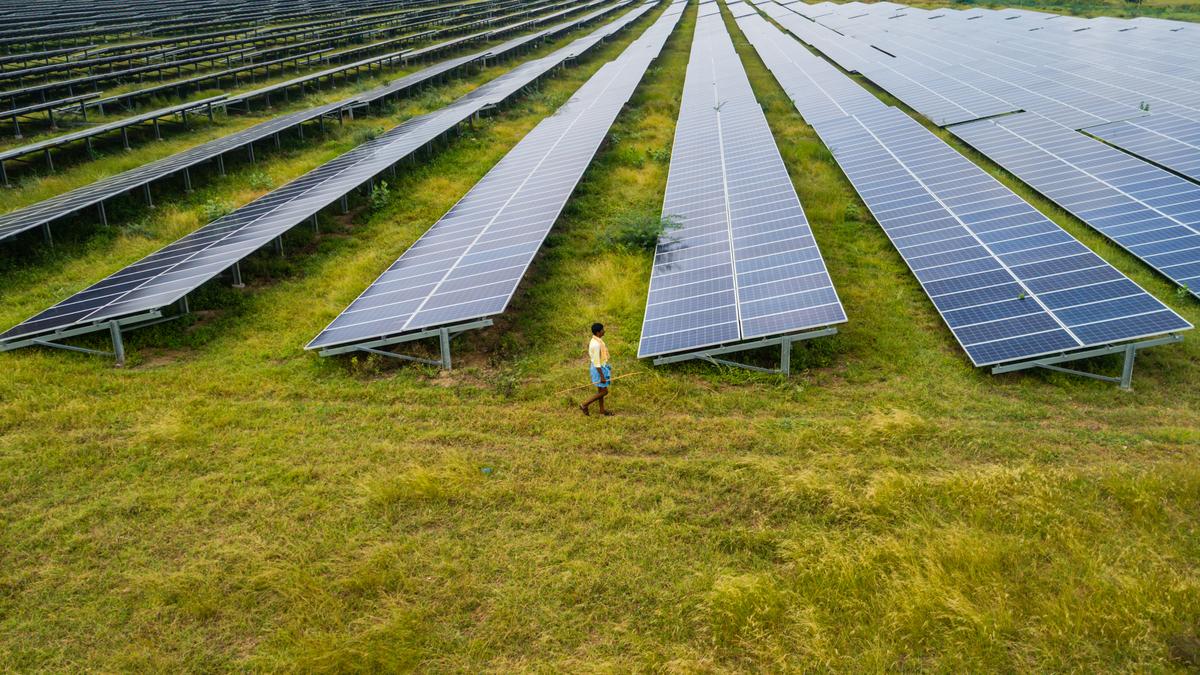Places like Pavagada in Karnataka are at the centre of India’s solar dreams. Around the year 2016 the government started leasing lands from farmers in this region, who had started finding farming unviable given the unpredictability of rains. Today the second largest solar power park in India is located here.
While it might have looked like a win-win situation for everyone, what about the long-term impact? “Very similar to Pavagada, a solar power project has been set up in Challakere. These projects in the name of ‘green’ initiatives are not only taking away land from farmers but are pushing them to migrate elsewhere..

. years from now Challakere and many other such rural places that fall under these ‘green’ initiatives will be nothing but lands filled with industrial waste,” says researcher and educator Bhargavi Rao. She was speaking at a panel discussion on “Impact of climate change on rural livelihood” held as part of Uttariya, a five-day series of events at Bangalore International Centre, Domlur, organised by Charaka Women’s Co-operative Society in collaboration with Desi Trust and Ragi Kana.
The seminars organised as part of the event saw experts criticising some of the “green” initiatives like solar projects leading to increased unemployment and deteriorating living conditions in rural areas, economic inequality, insufficient land for sustainable farming, the impact of infrastructural development on wildlife and human habitation, and the need for g.
















